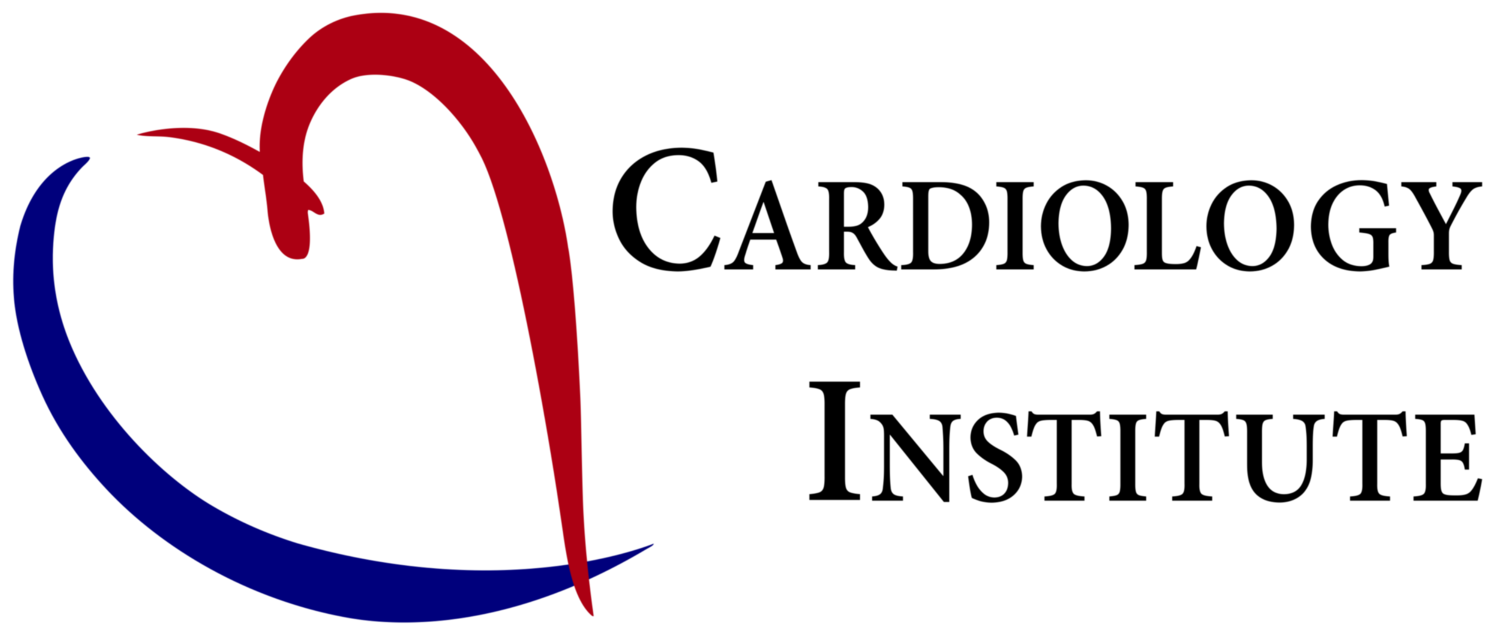Coronary artery disease results from the narrowing of the internal diameter of the coronary arteries. The process is called atherosclerosis. This limits the blood supply to heart, so that oxygen supply cannot match the oxygen demand of the heart.
When a coronary artery is gradually narrowed and partially blocked, the blood supply to that region of the heart reduces, leading to angina. This usually presents in situations when oxygen demand is high, for example, activities, when our heart rate is fast or when our blood pressure is high.
When a coronary artery suddenly blocks, there is a sudden stoppage of blood supply to parts of the heart. When there is a lack of blood and hence oxygen to heart muscle, heart muscle dies, leading to myocardial infarction, or commonly known as heart attack. This usually is due to atherosclerotic plaque rupture, with the formation of a thrombus on the plaque, completely occluding the coronary artery.

